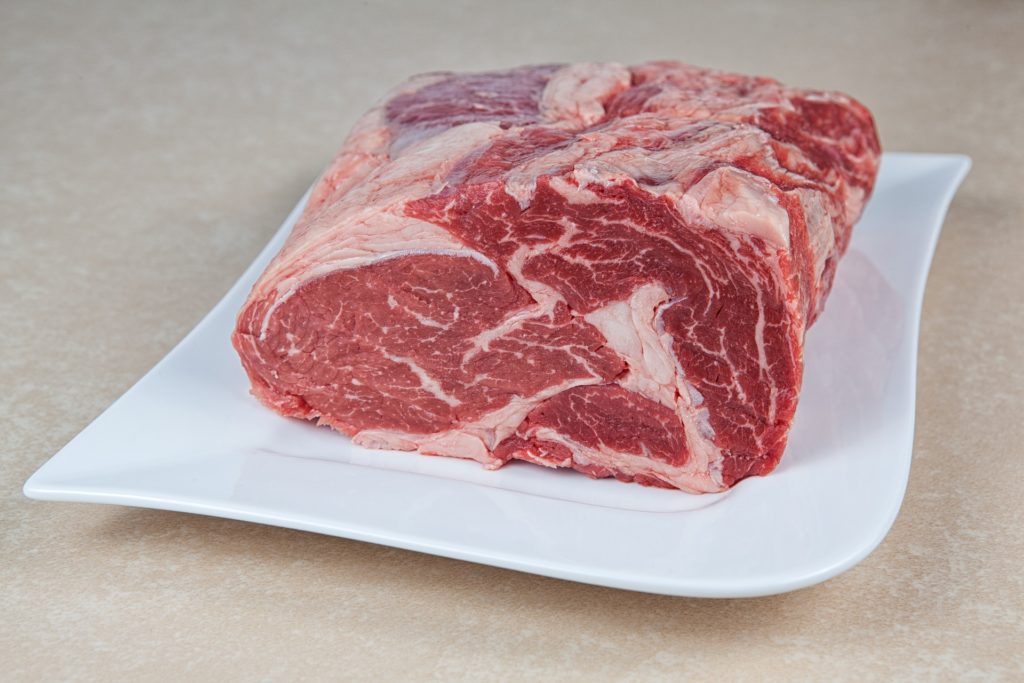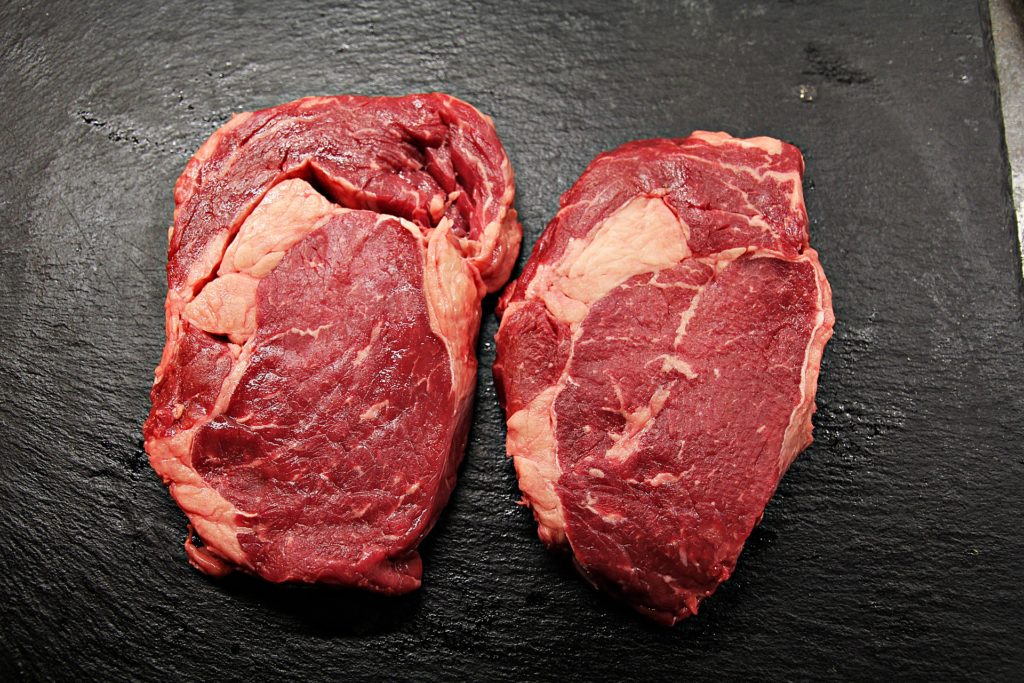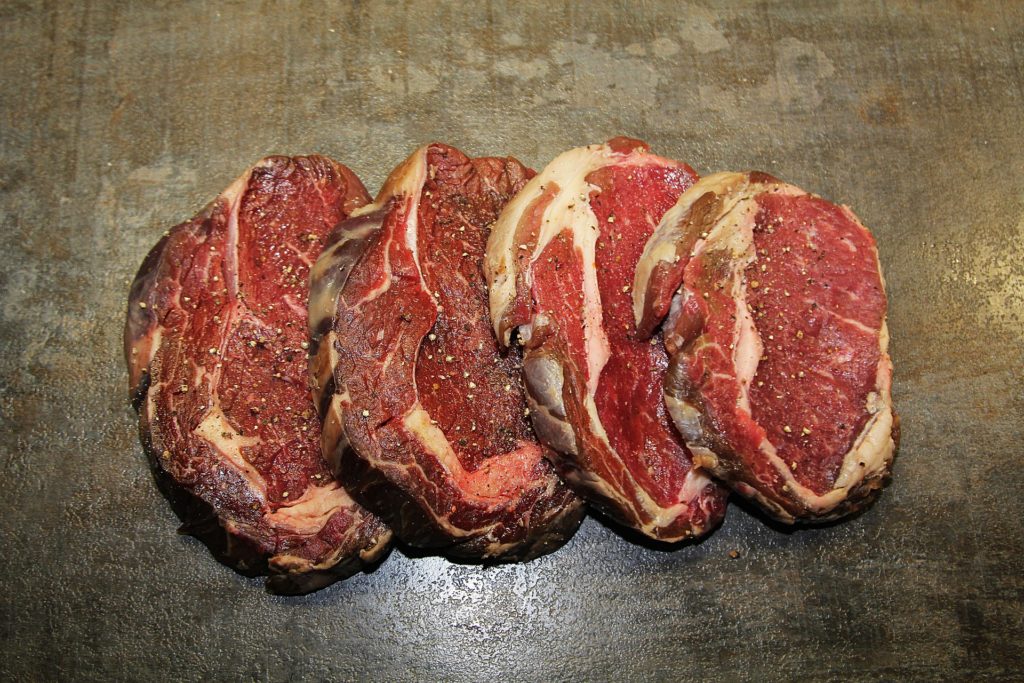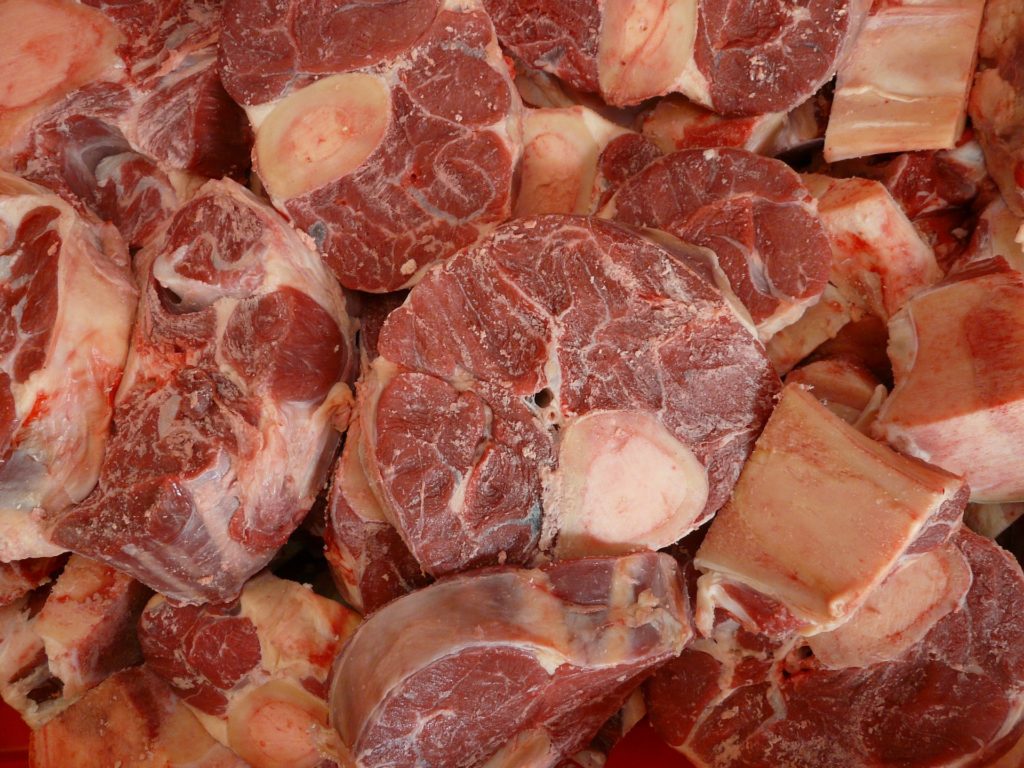A spoiled steak can be dangerous to eat and may cause food poisoning. A rotten steak will have a muddy color, a slimy film on the surface, and taste and smell bad. The best way to detect rotten meat is by scrutinizing it. If you are ever faced with a question like “How do I tell if my raw steak is bad?” this article will help you.
When buying a spoiled steak, look for a red or brownish film on the surface. A dark brown color is a sign of rotten meat. You can smell a cheesy odor or a slimy texture, which are all signs that your steak is terrible. Also, watch for a dark color and a slimy texture. If your steak is red or brown, it is likely rotten.
Steak Nutrition Fact
Steak does have nutrition facts. It, like most foods, has a unique nutrient profile that includes calories, protein, fat, carbohydrates, vitamins, and minerals. The exact nutrition content of steak depends on the type of steak, the cut, and the cooking method. To learn more about the nutrition content of steak, it is recommended to consult a reliable nutrition database or consult a registered dietitian.
How To Tell If Your Raw Steak Is Bad?
1. Expiry Date
Despite it may seem self-evident, many consumers are still perplexed by the difference between “use-by” and “sell-by” dates, especially if they have kept their steak in the freezer for some time after purchase. The “use-by” date indicates how much time you have to cook or freeze the steak before it begins to turn. So, if the use-by date is March 22nd, you’ll need to grill it or put it in the freezer before that date to prevent it from deteriorating.
On the other hand, the “sell-by” date advises the butcher or retailer on how long they can keep the steak on the shelf and sell it. This gives the consumer sufficient time to cook or freeze their steak after having it home before it spoils. It’s vital to remember that if you’re going to freeze your steak, do so at least a day or two before the expiration date.
This is because you must allow enough time to freeze and defrost thoroughly without exceeding the use-by date. For example, if your steak has a use-by date of March 22nd, it’s a good idea to freeze it by March 20th. This way, when you take the steak out to thaw, you’ll have at least 48 hours before it starts to turn.
If your butcher or the store packaging doesn’t provide a use-by date, it’s generally OK to keep your steak refrigerated for 3-5 days before cooking. If you opt to freeze it, make a note on the bag of the date of purchase and the date of freezing. According to the FDA, steak can be frozen for 6 to 12 months before the quality declines.
2. Slimy Texture
Slime is a poor indication in any situation, but it isn’t enjoyable when it’s on your steak. If your steak is poor, it will look slimy and slick when you touch it. When the meat catches the light, it will have a sheen, and the slime will have a yellowish hue.
This sticky film is created by bacteria buildup, and it’s a solid sign that your steak has gone rancid and should be thrown out, not grilled. If you left a slimy steak out for a couple of days, mold would grow on the surface.
Remember that slime may not appear all over your steak at once if the meat is starting to change. As a result, you should always inspect your steak before cooking for any slippery places.
3. Discolored Appearance
Whereas discolored meat is unappealing, it does not always indicate that your steak is past its prime. Haemoglobin and myoglobin, two distinct proteins, are responsible for the color of meat. Myoglobin is found in muscle and is responsible for the red color of fresh beef, whereas hemoglobin is located in the blood.
Chemical interactions between these proteins and oxygen occur once an animal is slaughtered and the meat is exposed to the air. The color of your steak will go through three stages during this procedure until it reaches a condition of chemical equilibrium.
The first stage begins as soon as your steak is sliced. This stage has a purplish-red color caused by myoglobin reacting with oxygen for the first time. The color of the second step is cherry red. After about 30 minutes of exposure to the air, this will manifest.
Three days later, the third and final stage will be achieved. Myoglobin has oxidized at this point, resulting in “metmyoglobin.” This causes the meat to seem brown, which is less appealing than a brilliant red steak. However, there is nothing wrong with the meat’s quality or safety.
This is a broad schedule; however, the process can be sped up or slowed down based on various factors, including the animal’s age, species, what it was eaten, and how effectively its muscles were exercised. The darkening process can potentially be accelerated by exposure to light or cold.
As a result, color changes alone do not indicate a ruined steak, and it’s an entirely normal and natural reaction to air exposure. However, if your steak has browned significantly and is exhibiting any of the other indicators listed in this book, it’s time to discard it.
4. Wetness
Dryness is another sign that your steak has passed its peak. Is your steak a little shriveled and dried, or does it seem dry? If your steak is dry and tasteless, that doesn’t mean you’ll get an upset stomach by eating it. However, unless there is a significant amount of fat or marbling throughout the flesh, your steak’s texture and overall flavor will suffer due to cooking.
If you’re storing your steaks in the freezer, putting them in a vacuum-sealed bag beforehand will help keep them from drying out. This will keep the juices contained, allowing for natural hydration while preventing exposure to the air and any bacteria present. If you’re not freezing your steak but plan to keep it refrigerated for a few days, wrap it tightly in clingfilm or store it in a sealed container to keep it moist.
5. Odor
The smell of fresh raw beef isn’t particularly appetizing to most people, but it shouldn’t be objectionable. A mild crimson or metallic odor emanates from fresh red meat. This aroma isn’t strong, and you’ll have to put your nose against it to smell it.
If your steak has gone wrong, on the other hand, it will have a distinct odor that smells sour or a little like eggs or ammonia. This smell will make you recoil and even make you feel nauseous.
However, some dry-aged steaks will have a cheese-like aroma due to the lactic acid created during the aging process. As a result, smelling it isn’t the best way to know if it’s gone wrong if you have a dry-aged steak. Instead, look for the other clues we’ve provided to see if eating is safe.
What Happens If You Consume Spoiled Steak?
When the steak is not stored correctly or is left out for an extended time, two types of bacteria can grow and multiply. The pathogenic bacteria that produce spoilage symptoms such as vomiting, nausea, stomach ache, diarrhea, fever, and other mild to severe medical difficulties are responsible for spoilage symptoms.
The bacteria that cause the steak to change somewhat in color, texture, smell, and taste is called spoilage bacteria, which is responsible for the steak being less tasty than it used to be.
If you consume slightly discolored steak or have an unappealing scent and texture, you are unlikely to experience foodborne illness. However, you may contract a foodborne illness if you consume rotten steak.
The onset of disease symptoms can take anywhere from 30 minutes to several days, depending on the type of pathogenic bacteria present and how much it is and your immune system. A ruined meal has the most significant impact on babies and expectant mothers.
How Can You Keep Your Steaks Fresher Longer?
No matter how many stories you’ve heard about people eating mammoth meat found in the arctic tundra, the inevitable will happen: your steak will rot at some point. Refrigerate fresh meat to extend the time between becoming “use-by” and being thrown away.
It’s best to leave it in the package until you’re ready to use it; grocery shop meat is frequently packed with CO2 that has been pumped in to retard the growth of bacteria and to puncture the plastic, releasing the outer protection.
In contrast, Butcher-cut steak is typically wrapped in pink paper before being given over to the customer. Remove as much air as possible from the space and seal it. (Alternatively, a vacuum sealer could be used for the ultimate airless storage.) You may either re-wrap it yourself or put the entire thing in a large freezer-safe bag if it isn’t tightly wrapped.
Make sure to put the steak in the fridge as soon as possible. Also, ensure your refrigerator’s temperature is no more than 40 degrees Fahrenheit. Keep your steak as close to the back of the fridge as possible to ensure consistent cooling temperatures. In a refrigerator, uneven cooling can occur, especially if the door is opened and closed repeatedly.
What Happens If You Cook A Steak That Has Been Spoiled?
Defective meat can become a breeding ground for hazardous bacteria such as Salmonella, Bacillus, Escherichia coli, and other pathogens. According to the United States Department of Agriculture, bacteria multiply by a factor of two every 20 minutes. If meat is kept at a temperature ranging from 40°F to 140°F.
Once you begin cooking the meat, the heat will eliminate any bacteria. When the heart reaches 150 degrees Fahrenheit, Salmonella and E. coli are eliminated.
The heart still contains toxins, although the heat treatment has killed these two bacteria. Aside from that, the Bacillus and Clostridium bacteria survive freezing and cooking, rendering the meat unfit for human consumption.
While some germs are destroyed by heat, others can survive freezing or extremely high temperatures, rendering the meat unfit for ingestion. So what happens if you attempt to grill a lousy steak? Regardless of how valuable anything is, you should throw it away immediately. If you notice even a single indication that the heart is failing.
Conclusion
In conclusion, knowing how to tell if your raw steak is bad is an important skill for any home cook. By paying attention to your steak’s color, texture, and smell. You can identify signs of spoilage and avoid the risk of foodborne illness. However, if in doubt, it’s always best to err on caution and discard the steak.
The most common way to tell if your raw steak is wrong is by checking the color. It has not been cooked well if the meat is brown or grey. If it is pink or orange, it is probably not good. It’s better to wait until it is thoroughly cooked before removing it. If its color turns red, it is past its prime.
If it is yellow, the steak is too old. While wasting food may be disappointing, it’s not worth risking your health. To ensure the freshest and safest steak, store it properly. Follow safe food handling practices, and always check the expiration date before cooking.





